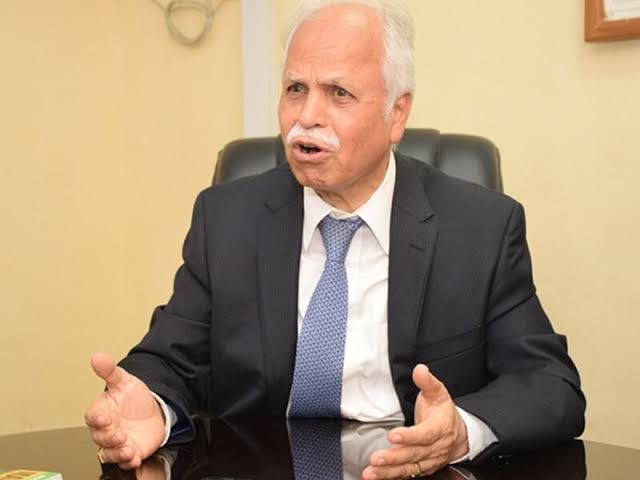
Coca-Cola commences media and creative global agency review, set to redesign marketing model
In order to maintain its market leadership and branding conditions with various elements such as impact, uniqueness and relevance to the brand and its teeming global consumers, The Coca-Cola Company has commenced a global agency review for its media and creative account. The account covers Coca-Cola’s almost 400 brands across the world.
The review comes as the beverage giant puts an emphasis on creative and media strategies that can work across the globe, rather than specifically tailored for individual markets. The so-called network model means that increasingly, creative briefs will be led globally with input from individual market leaders that will adjust the work where appropriate to ensure it works on a country-by-country basis. It’s a significant strategy shift for a company that at times has taken a more siloed approach to its marketing with advertising specifically made for key markets such as the U.S.
The review, which is one of the most significant of the year, means that Coke creative agencies such as Wieden+Kennedy, Anomaly and McCann must defend their business, as will UM, the Interpublic-owned agency that has held Coke’s North American media account since 2015. WPP’s MediaCom, Publicis Groupe’s Starcom and Dentsu’s Carat also handle various portions of the company’s media accounts around the world. Outside of media, Coke works with roughly 4,000 agencies globally, including those that handle creative, production, shopper marketing and experiential. The company ranks as the world’s 17th-largest ad spender, shelling out $4.2 billion in 2019, according to the Ad Age Datacenter.
Mediasense is the consultant on the media agency review, while Coke tapped PricewaterhouseCoopers to oversee the creative agency review, in addition to what a spokeswoman described as a “marketing efficiency and effectiveness program.” Both reviews will formally begin in the first quarter with the creative portion intended to be wrapped up by the third quarter and the media review ending in January 2022, according to the company.
By trimming its roster and consolidating workloads, the company is expected to significantly reduce its agency fees at a time when its business is under stress from the pandemic with critical beverage-serving venues like sports stadiums and bars and restaurants shut down or operating at limited capacity. But executives are positioning the review as more than a cost-cutting endeavour.
“We believe we can unlock considerable value through a redesign of our model and consolidation of third-party agencies, and while this effort is expected to generate cost savings, this is not the sole objective of this exercise,” Coca-Cola global Chief Marketing Officer Manuel Arroyo stated in an internal memo shared with Adage.
According to The Coca-Cola Company, the new approach comes as Coke trims its product portfolio, axing brands such as Tab, Odwalla juice and Zico coconut water, to focus on bigger bets like Topo Chico Hard Seltzer, Coca-Cola Energy and AHA flavoured sparkling water. The idea is to eliminate what CEO James Quincey has described as “zombie brands”—those that might only sell in a single country and add little to the company’s bottom line, in favour of products that can scale around the world.
When it comes to marketing, this means the company is likely to favour agencies that can also scale, or operate across multiple countries. Arroyo in the memo described it as a “complete redesign of our media and creative agency models in an effort to align the strategic, operational, and commercial needs of our new, networked organisation.”
For more than a century, Coke’s marketing history is synonymous with the evolution of creativity in advertising. Being at threshold of the 2020s, a decade that is generally characterised by trying new things, getting involved in social issues, and trying to create marketing communications that attract the consumers’ attention and make it stick with them, agencies that will win Coca-Cola’s global account are expected to create multi-sensorial marketing plans along with online ads that will resonate across the board.
The idea behind multi-sensorial marketing is that, although simple at first glance, it’s quite complex and elaborate. Not only that, it appeals to consumers’ emotions and recognition of the brand.
Currently, the focus is mostly on digital marketing, but looking back on the evolution of Coke’s marketing campaigns over the years, agencies that come tops at the end of Coca-Cola’s media and creative pitch will have to do more to maintain the beverage giant’s market leadership in the new decade.



Comment
No comments found.